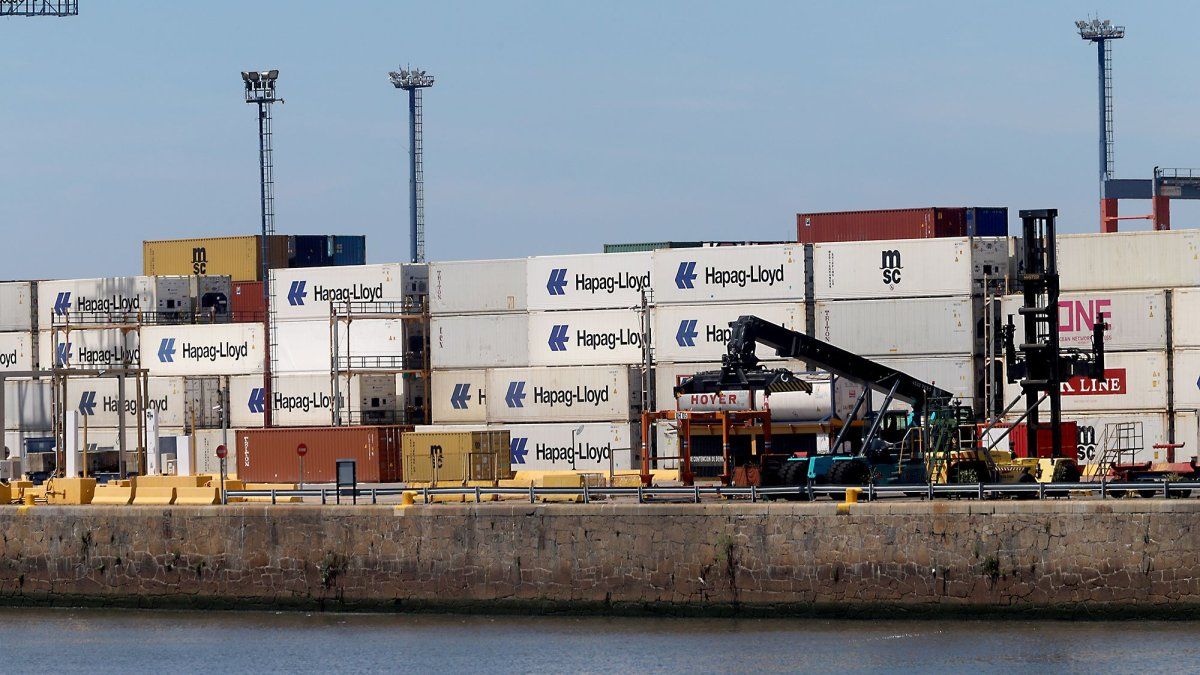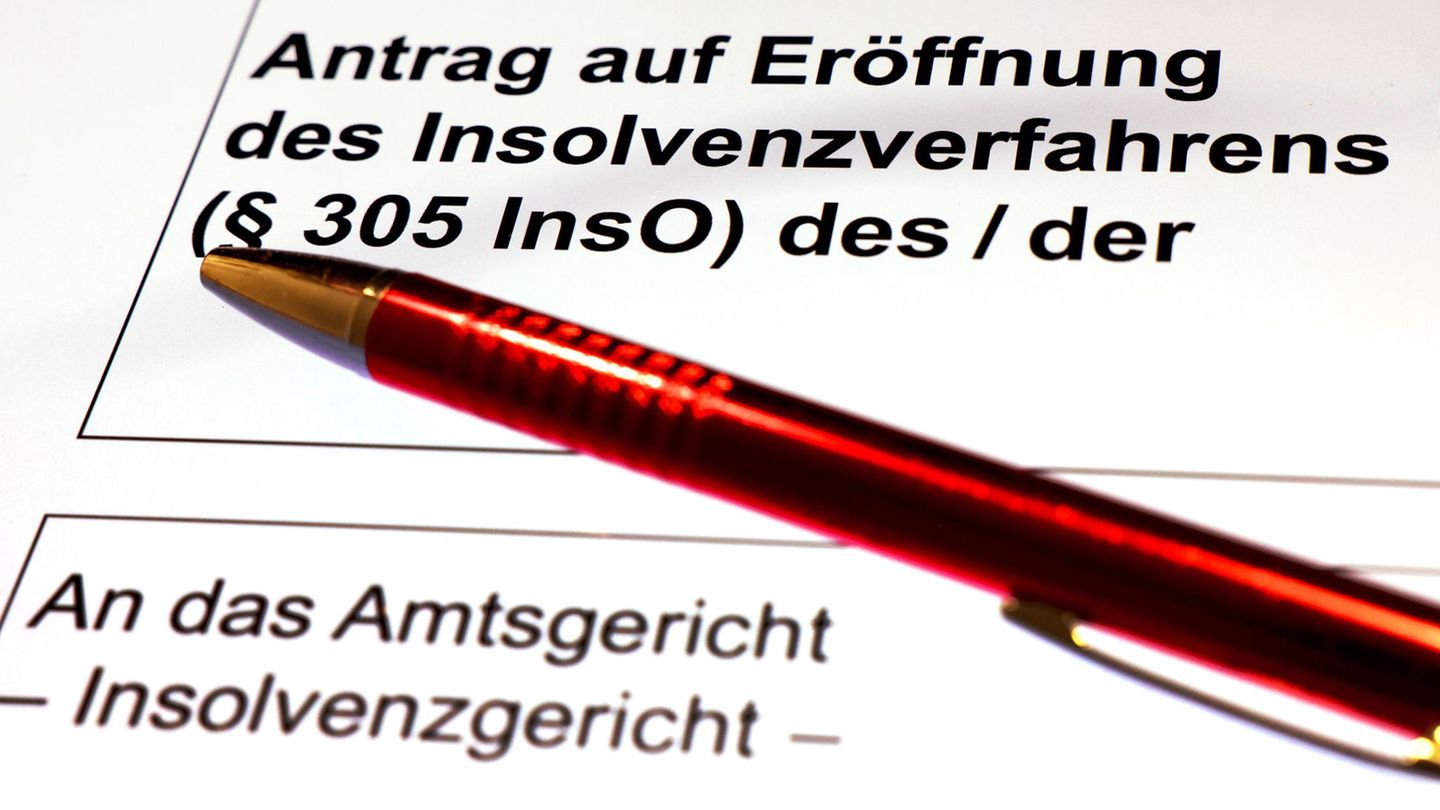Argentina registered its 21st consecutive trade surplus in September. However, the result slowed down compared to the previous month, due to the strong increase in imports, which recorded their largest monthly increase in a year and despite the temporary reduction in withholdings, which gave a boost to exports.
This Monday the INDEC reported that the trade balance showed a positive balance of US$921 million. While exports totaled about US$8,128 million, imports totaled about US$7,207 million.
In particular, he highlighted the 10.1% growth that led to purchases abroad, in relation to August, the maximum variation since September of last year. Furthermore, according to the INDEC seasonally adjusted series, it was the highest imported value since August 2022.
The causes of the jump in imports
Daniel Schteingartdirector of Sustainable Productive Development at Fundar, pointed out that this leap responds to the combination of certain improvement in economic activity with commercial opening promoted by the Government. “There is some evidence that the advanced activity data for August and September are a little better, and that at the same time the opening continues to consolidate,” he noted.
With a greater focus on aperture, Federico Vaccarezzaeconomist at Industriales Pymes Argentinos (IPA), does not see encouraging data on activity, the use of installed industrial capacity and consumption, which “only indicates that we are facing a avalanche of imports that is replacing local production at an accelerated speed“.
In annual terms, the acquisition of goods increased by 20.7%. When segmenting by economic use, despite the fact that there was an increase in almost all segments, a greater weight of consumer goods and vehicles was observed compared to a year ago, to the detriment of a lower participation of intermediate goods in the total.
At the product level, among the imports that had the most impact on the year-on-year increase, those of vehicles and urea (which is the most used fertilizer in wheat and corn crops).
Exports also set a new record, driven by the temporary drop in withholdings
In parallel, Exports chained their fifth consecutive monthly increase, improving 1.3% versus August. In this case, the seasonally adjusted series also exhibited maximums since 2022.
Compared to September 2024, the increase was 16.9%. While the weight on the total sales of primary products and energy products grew, the participation of manufacturing decreased. At the product level, the annual increases in soybeans (and their derivatives), wheat, oil and gold stood out (in the latter case mainly due to the price effect).
It should be remembered that in the month in question a temporary reduction in withholdings for agriculturewhich explained a good part of this export boom. While sales of the soybean complex skyrocketed 47% annually, in the rest of the goods the variation was 8%.
The INDEC report reflected that the terms of trade improved 0.6% compared to a year ago, which shows that the dynamics of international prices favored the country. In terms of quantities, the increase in imports over that of exports stood out.
China displaced Brazil as its main trading partner
Another notable fact from the report was that China displaced Brazil as its main trading partner after a long time. The performance of exports to both countries reflected this change; While shipments to the first country skyrocketed more than 200% annually, shipments to the second contracted 11.1%.
This occurs in a context of sharp deterioration in trade with the neighboring country, explained fundamentally by the growing deficit of the automotive sector. The aforementioned reduction in withholdings and its impact on soybean sales, which have China as their main destination, also had an influence.
Schteingart noted that the rise of the Asian country as a trading partner is a phenomenon that has been observed for several years at the regional level. On the other hand, he added that the weakening of industrial exports It is also a factor that explains this trend. “These sales, which are directed mainly to other countries in the region, are in decline, in part, because China is displacing us from those markets“, he deepened.
Vaccarezza noted that “China has long displaced Argentina as Brazil’s main trading partner“, although he clarified that, beyond the fluctuations in the numbers, the commercial relationship will continue to be fundamental due to the political, economic, commercial and regional gravitation.
Argentina’s next three most important trading partners during September were United States, India and Chile. Likewise, within the European Union, exchanges with Germany and Italy stood out.
It is worth remembering that, as anticipated by the Government and the US ambassador, the announcement of a trade agreement with the North American powerwhich could imply a reduction in tariffs on our exports. The alleged pact occurs as part of the strengthening of the commercial relationship that President Javier Milei is trying to seal with his American counterpart, Donald Trump.
However, this would occur under the condition of removing the presence of China in national territory, something that seems difficult to implement taking into account that trade with that country is much more complementary than that we have with the United States.
Analysts expect a deterioration in the trade balance in October
In a report, The consulting firm LCG predicted a deterioration in the trade balance for October since they expect “imports to still grow strongly due to forward effect that could be generating expectations of a modification of the exchange rate regime post-elections”, along with conditioning on exports “by the “lower remaining balances left by the advance of shipments abroad by agriculture”.
For his part, Vaccarezza said that “knowing the economic cycles of Argentina, there is no doubt that This increase in imports is a temporary phenomenon. “It will last as long as this type of exchange lasts.”“he asserted.
In the first nine months of 2025, the country had a trade surplus of US$6,030 million40% of the sum reached in the same period of 2024. According to LCG, the total for this entire year could reach US$7.7 billion, which would imply an annual decrease of 31.3%.
Source: Ambito




